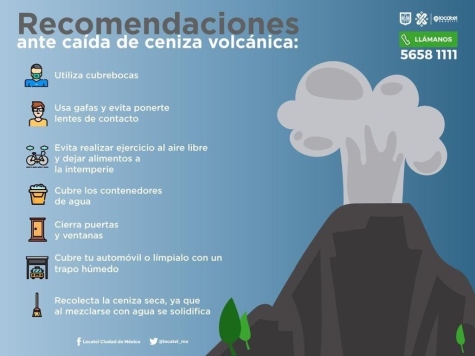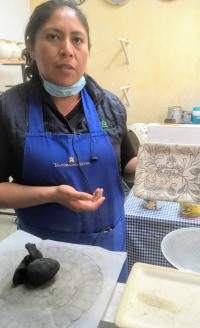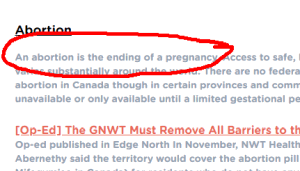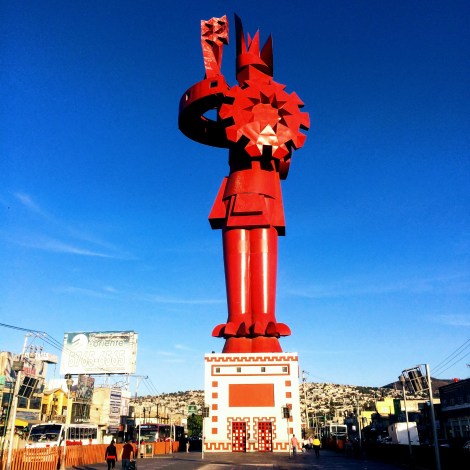If one wanted to get an abortion in our area of Mexico, one would simply take public transport a few minutes into the federal district, where there are clinics who will abort the baby up to a certain age.
In most of the country, abortion is much more limited legally. And, of course, this raises all kinds of discussions, such as “What about abortion in the case of rape?” “What if the mother can’t care for the baby?” and so on.
This is a contrast to Canada, where the law – or lack of – seems almost medieval. In spite of the incredible scientific advances of our age, the law seems to take the antiquated perspective that if you can’t see it with your eyes, it probably isn’t human.
Among various groups promoting abortion in Canada is Action Canada for Sexual Health and Rights (Action Canada), which defines abortion quite simply on its website: “An abortion is the ending of a pregnancy”.
Of course abortion ends a pregnancy. But how? That’s the question.
And I’m afraid that that question gets obscured sometimes by the many arguments both for and against abortion.
With all our knowledge of DNA, all our ultrasounds, all our sophisticated research into human development, one thing has become entirely clear – a new, human life begins at conception.
That doesn’t change depending on how “safe” an abortion may be for a woman, or whether or not she should have a “choice”, or how the pregnancy occurred, or how healthy the baby is, or how rare or common abortion is, or whether or not a doctor mistakenly thinks that the unborn baby has a disease that it doesn’t actually have, or how “fulfilling” the life of the person may be. It doesn’t change depending on whether the baby has been born, or is still in the womb. The real question is, is the baby a person?
And that question raises the question of just how legal abortion really is in Canada, or Mexico, or wherever. And just how contradictory our laws may be.
A strange situation like this arose in Canada in the late 1920s. Women already had the vote (although some minority groups were still not allowed to vote). However, when push came to shove, some claimed that women could not be appointed to the senate, because they were not “qualified persons”, as the law stated they must be. And guess what? In the end, the important word was not “qualified”. It was “persons”.
The wording of the law clearly included no barrier to a woman being a senator. And yet the fight went to the highest court in Canada, which graciously bestowed on women – person-hood.
Except, of course, the court did nothing of the kind. Women were already persons – the first woman on earth was a person, and they’ve been persons ever since. Any legal barrier based on the word “person” was ridiculous. In this case, there was nothing wrong with the law at all – but there was something wrong with many who practised law.
And so we play with words and try to make abortion sound like some kind of medical procedure. Take out the word “kill” or “murder”, and avoid the word “person” or even “baby”. But that doesn’t change the reality. At what age may a person be killed? Under what circumstances? What if they are of a certain race, or were conceived under certain circumstances – should they then be killed?
We should be careful arguing about things that really don’t matter, if a person is really a person.
Here in Mexico, teen pregnancy is a common community concern. Our hearts break for the young women who are in very difficult circumstances, with no one to turn to for help.
Maybe someone reading this would care enough to come to Mexico, to live in a community here, and to make it one of their main ministries to serve these young women as a servant of Christ. Might it be you?





















